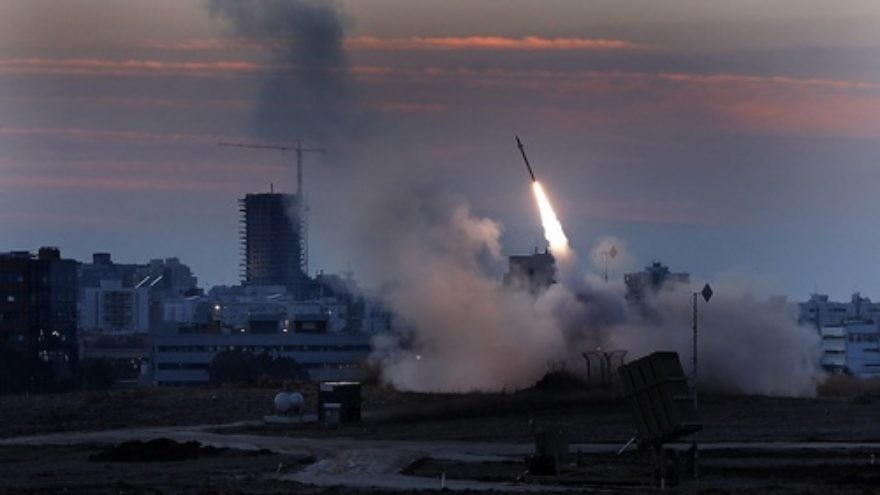“I don’t want to create the illusion that the Iron Dome defense system will provide a complete or comprehensive solution. The system is still in its experimental phase and in any case, we can’t deploy one to defend every house, every school, or every facility,” said Israeli Prime Minister Benjamin Netanyahu in a Cabinet meeting on March 27, 2011.
At the time, multiple rocket salvos were being launched at Israel’s southern communities by Gaza Strip-based terrorist groups. With just 15 seconds to find shelter every time a siren warned of an incoming rocket, the area’s residents lived in constant fear.
Ten days after Netanyahu spoke, on April 7, 2011, the Iron Dome air-defense system made history by intercepting a Grad rocket. The rest, as they say, is history.
“It was very clear to me that this system will meet the needs on the ground,” said Michal, an engineer at Rafael Advanced Defense Systems who was involved in the development of Iron Dome from 2008.
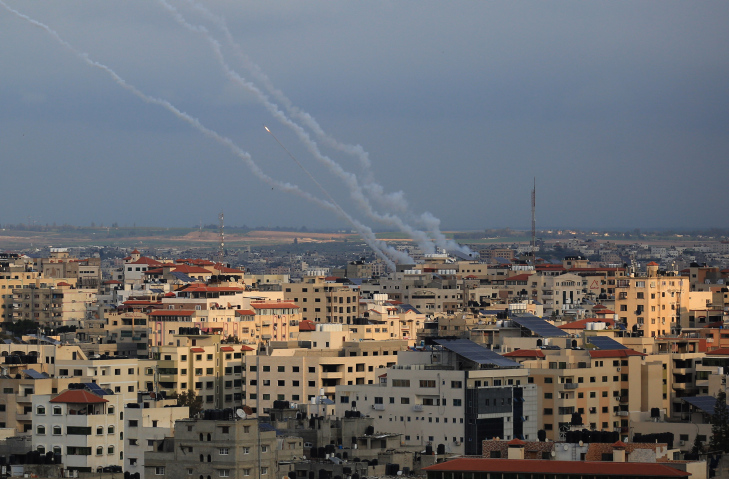
It is virtually impossible to overstate the importance of Iron Dome. With Israel’s largest cities—Jerusalem, Tel Aviv, Beersheva—under tangible rocket threat, Iron Dome actively and directly protects Israeli lives in urban centers and communities nationwide.
In February 2007, Israel’s then-Defense Minister Amir Peretz selected Iron Dome as the country’s defense system against the short-range rocket threat from Gaza. Since then, the system has saved countless lives and has considerably bolstered public resilience in times of conflict.
As Iron Dome marks a decade since becoming operational, Israel Hayom has been granted special permission from the defense establishment to publish a few details about the process that birthed the game-changing air defense system.
Iron Dome is assembled, start to finish, in a facility in northern Israel, says Rafael Vice President Shlomo Toaff, who heads the firm’s short-range air-defense systems division.
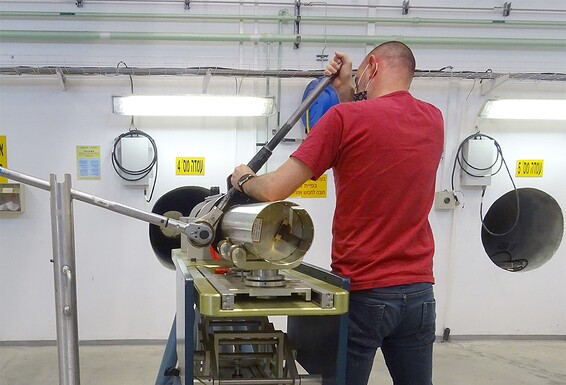
Unlike other systems, Iron Dome was developed in its entirety using Israeli funds, but when the Defense Ministry and Rafael went into mass production, American funding was used, as well. (The system’s estimated cost in 2011 was some $210 million.) In return, Israel undertook to produce 50 percent of the system’s components in the United States. The various parts are manufactured in 22 U.S. states, then shipped to Israel for assembly.
“The various parts are manufactured in different places and we collect the relevant basket of components, bring it here and assemble them into a complete system. Rafael is the largest employer in northern Israel and it is largely thanks to Iron Dome,” said Toaff.
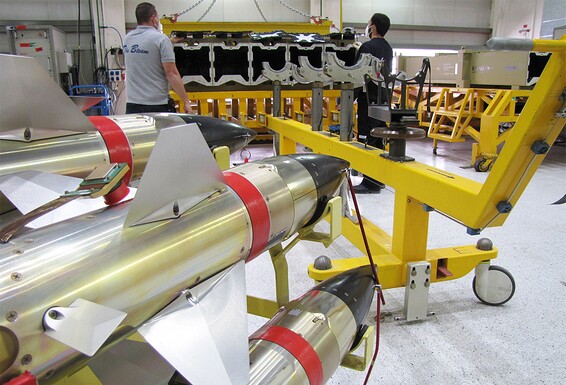
In the decade since it became operational, Iron Dome has undergone several upgrades to meet the evolving threats on the ground. The hardware, the Defense Ministry says, has not changed and the same interceptors are still in use, but the software—the beating heart of Iron Dome—has made tremendous leaps that have significantly improved the security it affords the Israeli public.
In February, Rafael and the Defense Ministry’s Homa Directorate, which oversees the development of missile defenses, announced another technological leap in dealing with combined threats: in its latest test, Iron Dome was able to intercept targets simulating both missiles and unmanned aerial vehicles.
During the last flare-up with the Gaza Strip-based terrorist groups, rocket salvoes were fired at Israel in an attempt to overwhelm its air defenses. In a future war in the northern sector, the Lebanon-based Shi’ite terrorist group Hezbollah is expected to fire hundreds of missiles at Israel every day. The IDF also faces the threat of cruise missiles against strategic facilities.
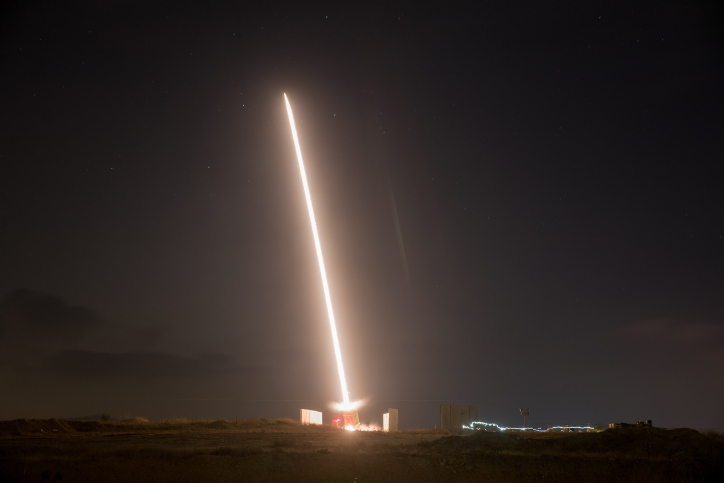
“Iron Dome has the ability to counter cruise missiles, drones and more. Our air defenses are ready to meet every type of threat that exists in our arena,” Homa Director Moshe Patel told Israel Hayom in a rare interview. “We’re talking about threats that don’t even exist in the field at this time, but will probably emerge in the coming months.”
Patel stressed that despite the fact that the enemy uses rocket barrages to penetrate Israel’s air defenses, “We have very high interception rates. We are constantly ahead of our enemies.”
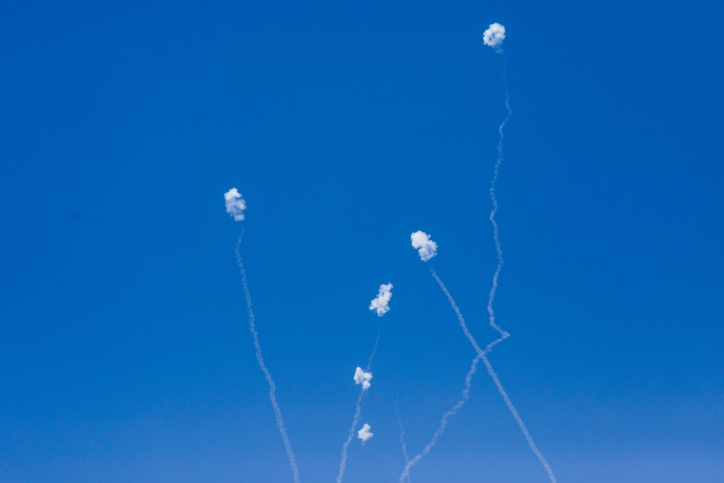
All systems making up Israel’s air defenses are now closely linked, he explained, saying, “Arrow can transmit [data] to David’s Sling and to Iron Dome, allowing each system to gear up as needed.”
Alongside Iron Dome, Israel’s multilayered air defenses include David’s Sling, which counters medium- to long-range rockets and missiles; the Arrow 2 short- and medium-range ballistic missile interceptor and the Arrow 3 long-range missile interceptor.
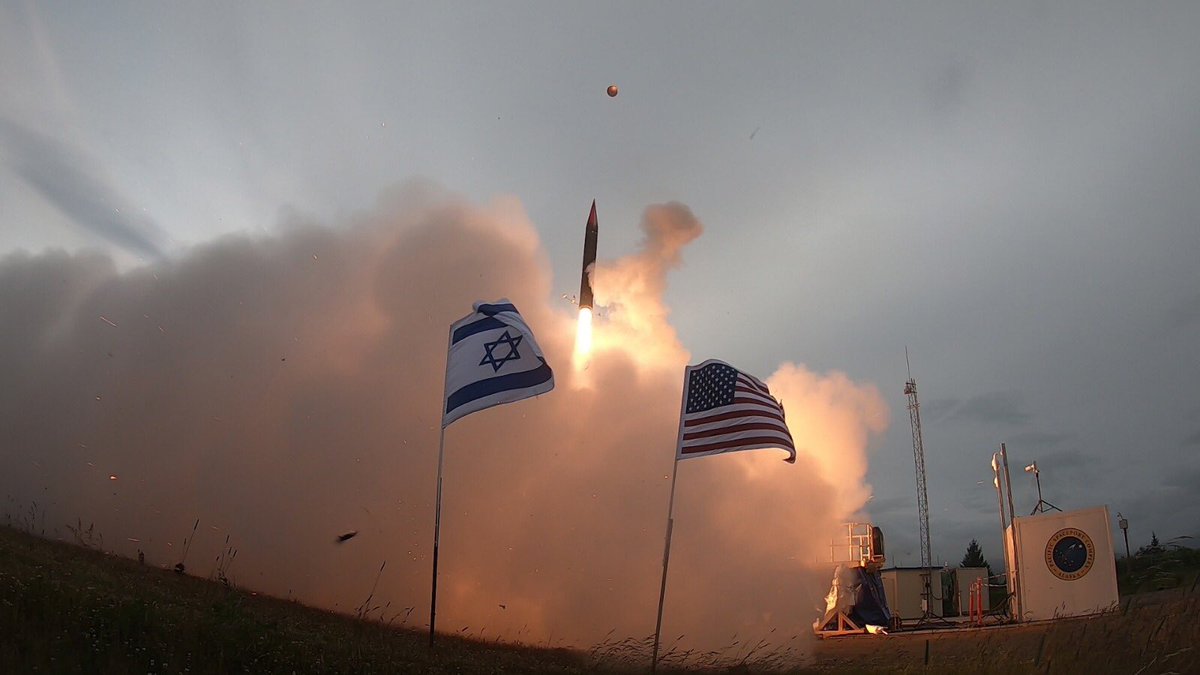
“In battle, we give the [system] operator full flexibility to decide which system to deploy. Israelis can rest assured that Israel is sparing no effort to be ready for future wars. It can never be said that there is a hermetic [defense], but our response, both in quality and in quantity is more significant and broad than it has ever been. We are constantly working to be as ready as we can for the next war,” said Patel.
The defense establishment is currently working on a laser defense system to intercept missiles, which will eventually be added to Iron Dome, he added.
“We never rest on our laurels and Iron Dome will be with us for many years to come. We are constantly looking ahead, expanding and improving in the face of the threats evolving in the sector,” he said.
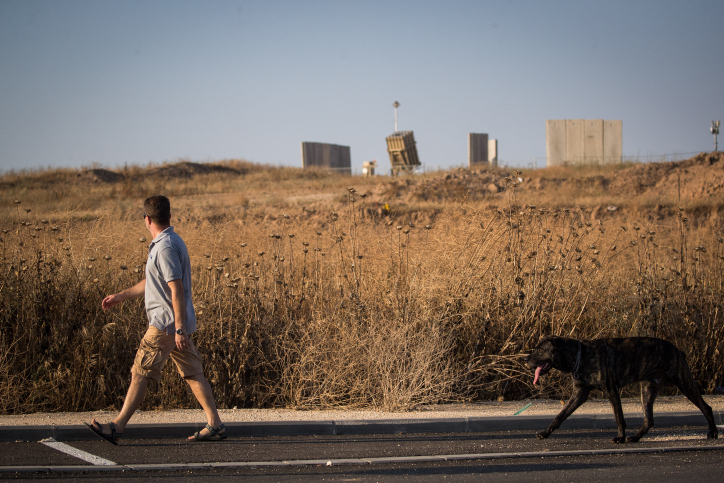
Toaff noted that “never before has a [defense] system been able to intercept rockets and mortar shells. This success has given Israeli civilians an unimaginable sense of security. We are in an ongoing revolution. We are constantly testing the systems and upgrading them. It should be understood—our capabilities are completely different from the ones we had in 2011. We are constantly busy assessing the threat and adapting to the relevant situation.”
Toaff recalled that “when Iron Dome was first unveiled we were ridiculed. They [the system’s critics] said it couldn’t be done. But we’re the ones having the last laugh. I can’t imagine what civilian life would look like during the last few [military] campaigns without these systems.”

“This is a type of anti-missile vaccine, if you will. A vaccine that completely changes the rules of the game. We have found a cure that allows us to continue living alongside the fact that there are those who are constantly trying to harm our home front,” said Toaff.
“What is very special about this project is the endless dedication of the people involved. They are motivated by Zionism and the understanding that this is a life-saving system,” said Michal.
“The last word has yet to be said, and in the next three years we will see a major development that will propel Iron Dome to the next level,” said Toaff.
This article first appeared in Israel Hayom.


























